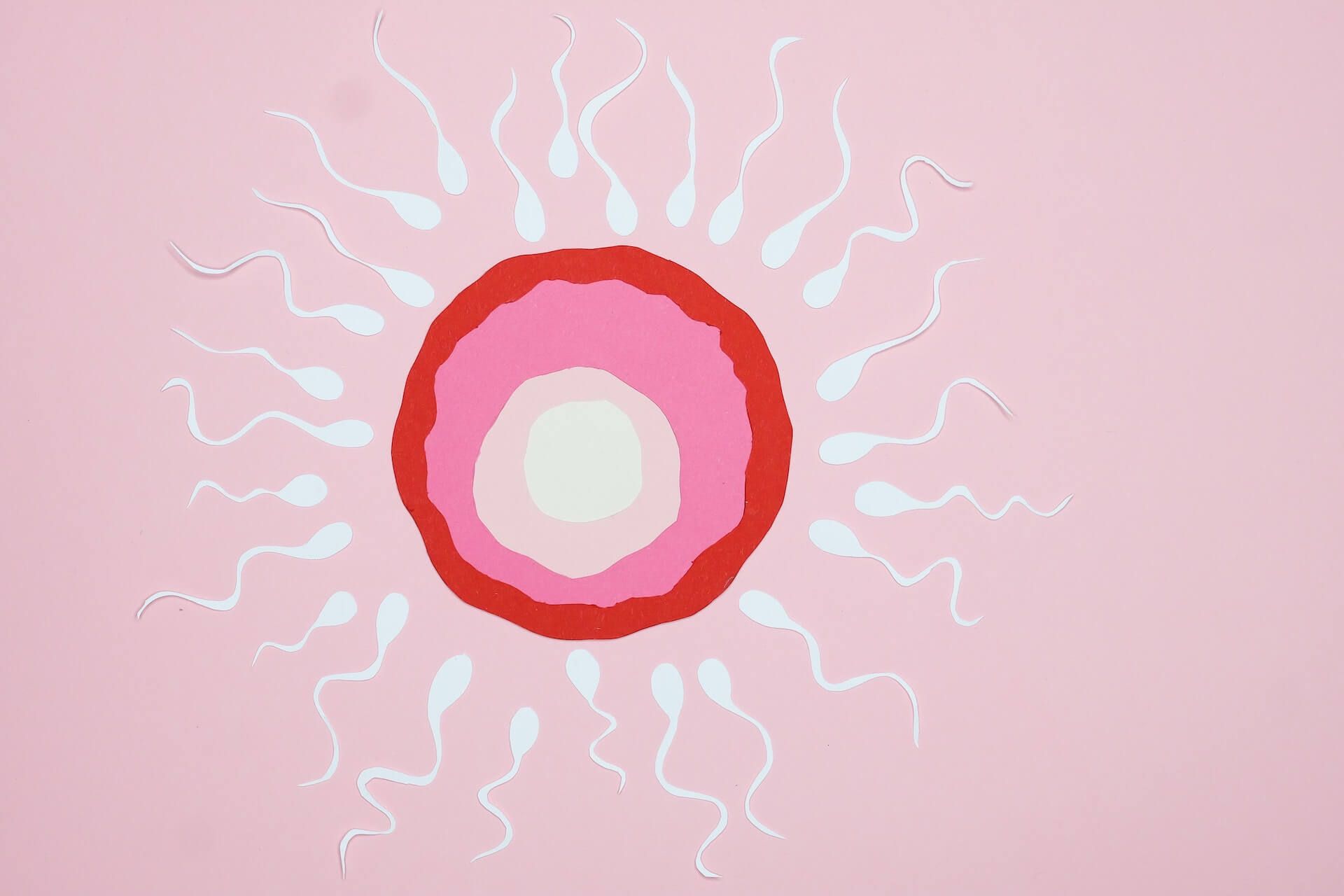How to Buy Donor Sperm
It may feel a bit overwhelming to buy donor sperm for the first time, but did you know that you can easily order it online with just a few clicks of the mouse? If you're considering starting a family with the help of donor sperm but aren't quite sure how to go about it, you've come to the right place. In this blog post, we'll walk you through step by step how to purchase donor sperm on this website so that you are best prepared to make important decisions and place your order with peace of mind.
Step 1. Pick a Donor Category
First and foremost, you need to decide whether you want to give your child the opportunity to contact their donor as an adult. At Born, we offer two different donor categories:
- ID-release: An ID-release donor consents to allow your child to submit a contact request to Born when they reach the age of 18. It's important to note that only the child can request contact, and the donor is not obligated to accept these contact requests.
- No ID-release: A no ID-release donor cannot be contacted once the child turns 18.
Choosing a donor category is a significant decision for both you and your future child. Therefore, it's essential to thoroughly research these two options and understand the legal and ethical considerations associated with them before deciding. You can learn more about open and closed donations
here and hopefully gain a better understanding of what is the right choice for you and your family.
Please note that in certain countries, there are specific rules regarding the release of a donor's identity. Therefore, we recommend consulting your fertility clinic before selecting a donor category. You are also very welcome to reach out to us for further information and guidance.
Step 2. Find a Sperm Donor
Now it's time to explore our many different donor profiles. We understand that this decision requires a lot of consideration for most people. Therefore, we recommend starting on our search page (link), where you can narrow down your search by selecting the criteria that are important to you.
We spend a lot of time getting to know all our donors very well so that we can create a personalised donor profile for each of them, including details about their physical attributes, appearance, educational background, medical history, interests, and a handwritten letter from the donor. Some even have baby pictures of the donor. All this information is designed to help you make the decision that best suits you and your family.
If you could use some guidance and a few tips for your choice, you can read more in our blog post
"Choosing a Sperm Donor: Important Considerations", where we discuss, among other things, what the donor's blood type and CMV status mean for you.
Good luck choosing your favourite!
Find more information about how we chose our donors here.
Step 3. Place your Order on the chosen Donor Sperm
Once you've decided on your donor, the next step is to order the donor sperm. You can easily, safely, and discreetly order it online on our website. However, before you do so, we always recommend consulting with your fertility clinic to ensure you know which type of sperm you need and how many sperm units you should use. Typically, one sperm unit should be sufficient per treatment, but multiple treatments may be necessary before achieving pregnancy. Your fertility clinic can advise you on your individual chances of getting pregnant.
When placing your order, you can either purchase the sperm units for immediate shipment or choose to store the purchased sperm units with us for future use. Our most popular donors sell out quickly, so if you are considering having more children and want them to be genetic siblings, we recommend buying extra sperm units right away. If you don't end up needing all the stored units, we offer the option to buy back the units that are kept in our storage.
Once you have added your selected sperm units to your cart, entered your delivery and payment information, and placed your order, it's a good idea to contact your fertility clinic and inform them that your sperm units are now on their way to them.
Step 4. We Ship your Order
From our sperm bank in Denmark we ship donor sperm to clinics worldwide, and we always do our best to ensure that it arrives safely and on time. Once you have placed your order, we dispatch it as quickly as possible, but we recommend ordering the sperm at least two business days before the desired delivery date. We also offer express shipping for an additional fee.
The donor sperm is delivered in nitrogen tanks to ensure its quality. The units are packaged in a small container inside the nitrogen tank, which is then placed in a shipping box. When ordering, you can choose from three tank sizes depending on how many days the sperm needs to remain frozen.
Once your units are safely on their way from us, it will soon be time for treatment at your fertility clinic, but please remember that we are still
here for you if you have any questions along the way.
We keep our fingers crossed for you and wish you the best of luck on your journey to becoming a parent.
Other blog posts











